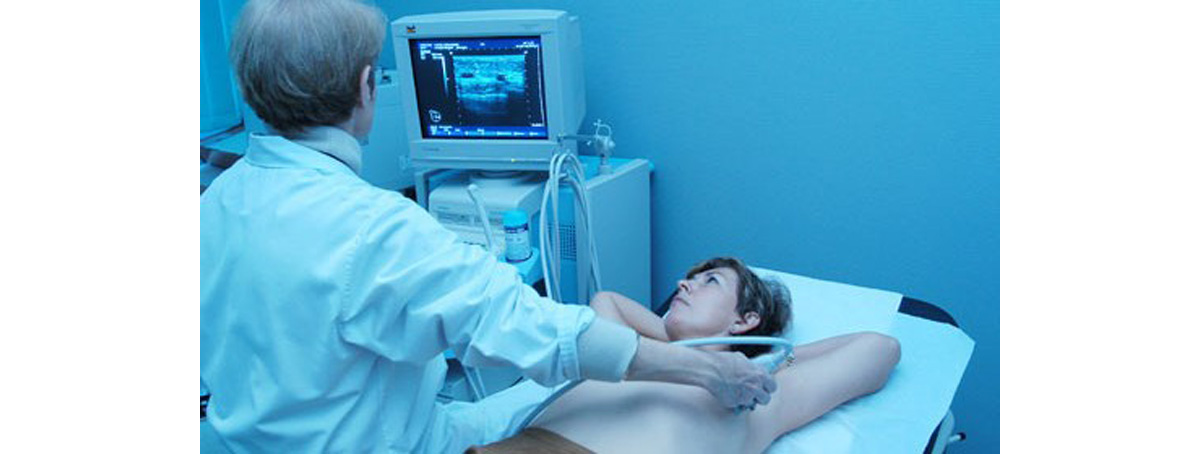Table of Contents
A family history of breast cancer does provide some clue with regarding to the individual chances of getting the disease. But the proper assessment of your personal cancer risk can be done only with the use of modern genetic testing. Fortunately, these days it is possible to have this done, and the risk calculations are quite precise.

Genetics, however, is not the only factor that has to be taken into consideration when you assess your risk of breast cancer. An interesting study published in Lancet Oncology by a group of scientists from Cancer Research UK has linked breast cancer with the levels of sex hormones in women under the age of 50.
This is an important finding considering the fact that 1 in 5 women under the age of 50 are diagnosed with breast cancer.
What can be done if your risk of breast cancer is high: existing preventive approaches
Angelina Jolie’s revelation that she had opted to undergo a double mastectomy (the surgical removal of both breasts) has caught attention of the press and the public alike. In the Hollywood star’s case, genetic testing revealed that her chances of getting the disease were a shocking 87%. With such huge odds against her, the actress decided to proceed with the radical preventative strategy of having both her breasts removed.
It is quite rare for the genetic risks of breast cancer to be so high. What should be done in those cases when risk is smaller but still significant? Careful monitoring of patients at risk is good for early detection of disease, but do we have any strategies that would reduce the chances of getting cancer?
At present time, preventative drug therapy is the most prevalent strategy for such cases. Preventative drugs are actually the same that are used for treating breast cancer patients. These are so-called selective estrogen receptor modulators (SERM), usually tamoxifen or raloxifene. A 5 years prophylactic course of these drugs reportedly causes a 50% decrease in the risk of developing cancer.
However, the use of these drugs does face strong opposition. The drugs are known to cause severe side effects such as blood clotting, stroke and endometrial cancer. As a result, statistically a patient might reduce her risk of getting breast cancer through this therapy but increases the chances of dying from other causes.
Also, not all patients seem to respond to this therapy equally well. It is therefore important to identify and treat only those people who are more likely to benefit from the treatment. Recently published findings by Ingle and co-authors established a relationship between previously unknown variants of genes ZNF423 and CTSO and the potential of breast cancer patients to respond to SERM. The presence of these two genetic markers significantly enhanced the response of the patients to the drugs. Specific testing for these mutations can significantly improve the predictability of preventative treatment.
Genetic testing for breast cancer: A work in progress
Personalized genetic testing and screening aimed to assess an individual's chances of developing breast cancer is the order of the day if we are serious about the prevention of this disease. With the help of modern day technologies, genetic testing for the breast cancer susceptible genes is a relatively easy option.
There is also a need to better understand the underlying mechanisms of breast cancer and its genetic component. This can lead to the finding of more precise and individualized preventative treatment approaches.
- Walsh T, King MC. (Feb 2007) Ten genes for inherited breast cancer, 11: 103-105
- Husing A, Canzian F et al. (Sep 2012) Prediction of breast cancer risk by genetic risk factors, overall and by hormone receptor status, J. Med. Genet. 49: 601-608
- Ingle JN, Liu M, Wickerham DL et al. (June 2013) Selective estrogen receptor modulators and pharmacogenomics variation in ZNF423 regulation of BRCA1 expression: individualized breast cancer prevention. Cancer Discovery, 3: 812-825
- Ingle JN. (Jun 2013) Pharmacogenomics of endocrine therapy in breast cancer, J Hum Genet. 58:306-312.
- Photo courtesy of rachel a. k. by Flickr : www.flickr.com/photos/kimonomania/2913549908/
- Photo courtesy of TipsTimes by Flickr : www.flickr.com/photos/tipstimes/7483072476/


Your thoughts on this